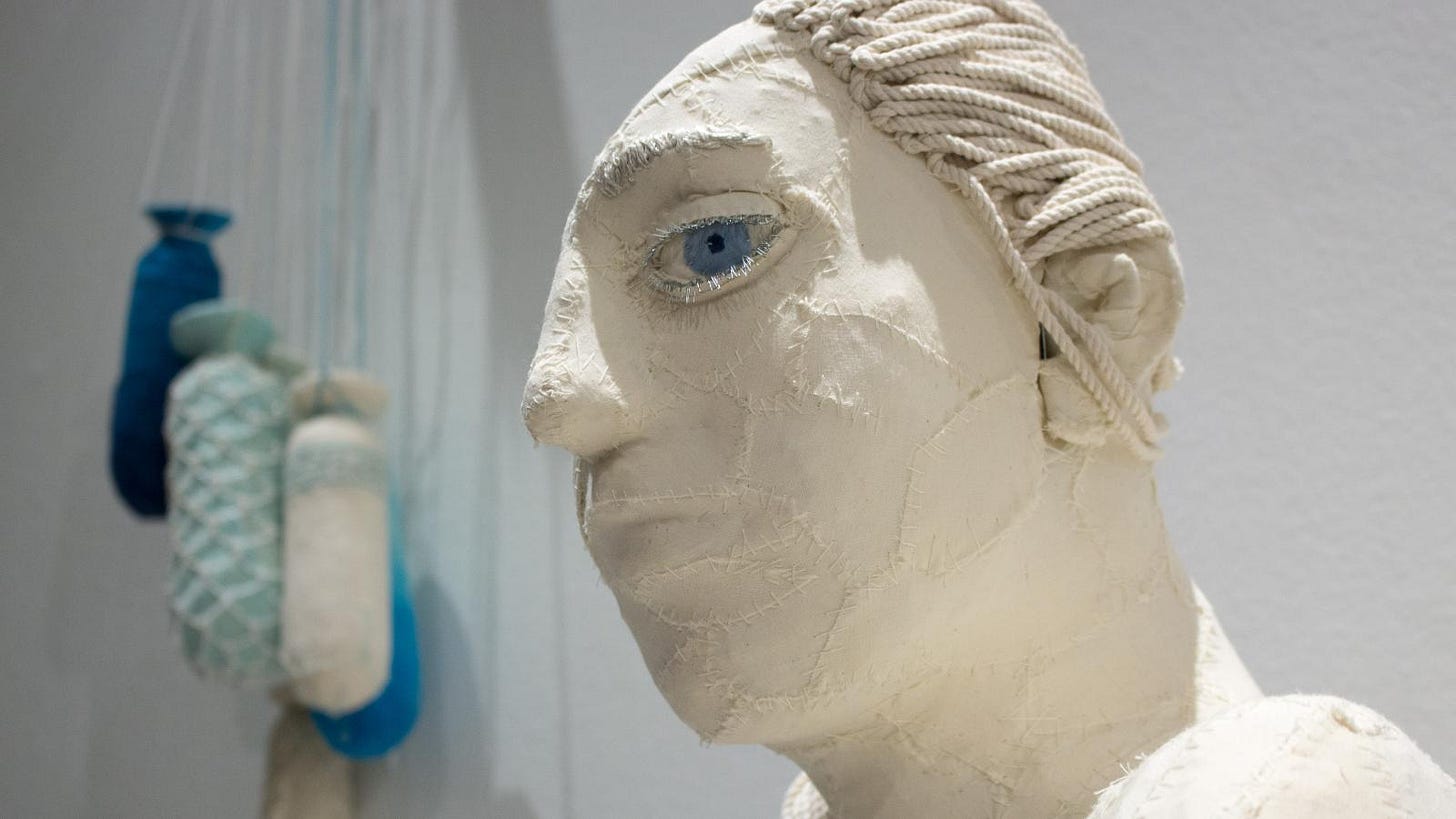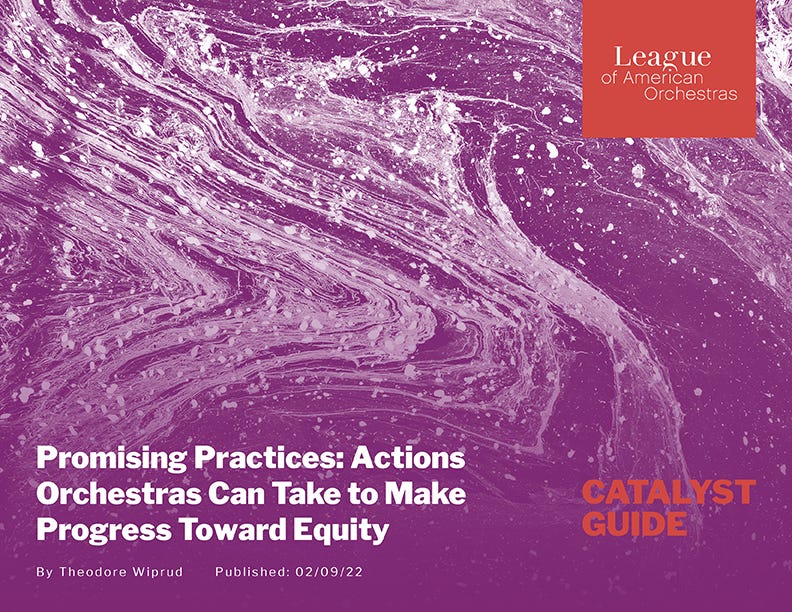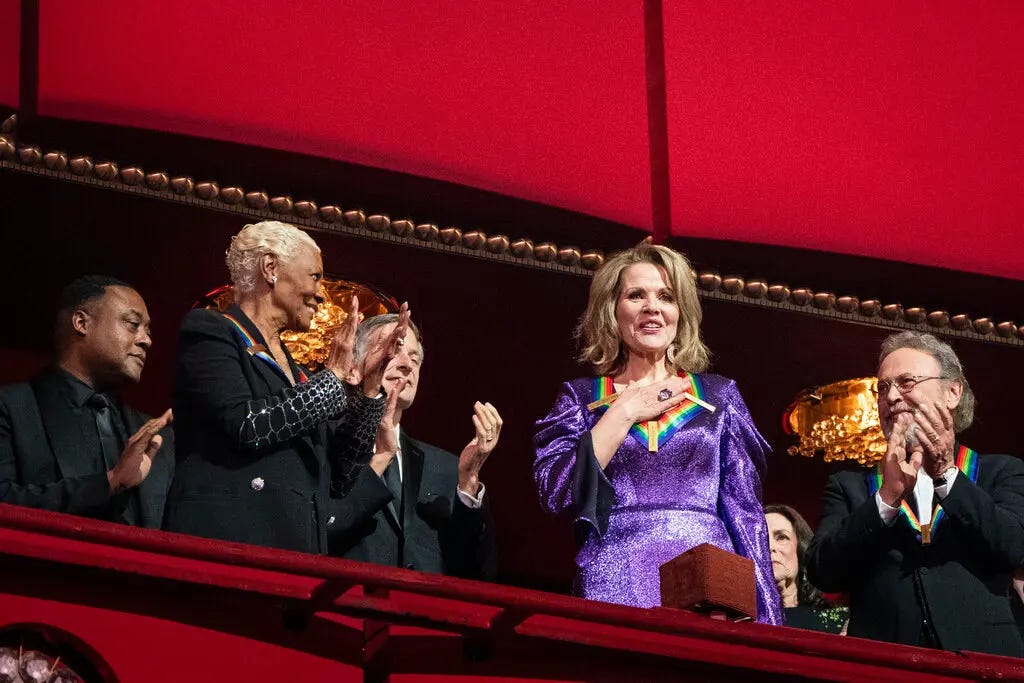Public Art Captured
How taxpayer dollars fund ideological compliance across America’s arts institutions.

Art isn’t chosen—it’s screened. Museums, galleries, and grant committees no longer ask whether a work is excellent, but whether it is ideologically correct. Public funding, once meant to support artistic achievement, now enforces compliance.
A museum seeking federal support must prove its programming advances “diversity and equity.” An orchestra looking for funding must demonstrate a commitment to “systemic change.” Exhibitions, performances, and fellowships all come with the same unspoken rule: serve the agenda, or find another way to survive.
How the System Works
The National Endowment for the Arts (NEA) was created to support artistic excellence and expand public access to great art. Today, however, grants are distributed not based on creativity or skill, but for ideological alignment. With 40% of NEA funding funneled through state and regional arts organizations, the capture spreads deep into local arts communities.
The financial scale of the federal arts and culture bodies is staggering. The fiscal year 2025 budget requests to Congress include:
National Endowment for the Arts: $210 million
National Endowment for the Humanities (NEH): $200 million
Institute of Museum and Library Services (IMLS): $280 million
National Gallery of Art (NGA): $215 million
Kennedy Center: $45 million
Corporation for Public Broadcasting (CPB): $535 million
Smithsonian Institution: $1.16 billion
These taxpayer-funded organizations wield immense power, ensuring that ideological criteria dictate which artists and institutions thrive.
Chorus America, a repeat recipient of six-figure NEA grants, runs an ADEI Learning Lab that requires participants to confront their own “whiteness” and role in “white supremacy culture” in choral music. The League of American Orchestras, another major beneficiary of NEA funding, has sought to reshape classical music hiring practices by replacing blind auditions with race-based selection processes. The Americans for the Arts, the country’s leading arts advocacy network that both receives and distributes millions of dollars from the NEA, calls for racial equity and social activism to be the defining feature of artistic excellence.
And it’s not just the performing arts. The Smithsonian Institution, once the nation’s premier historical and scientific repository, is actively reshaping its role. Its current strategic vision seeks to use exhibitions, educational programming, and digital content to explore racial and social justice, climate change, and other activist-driven themes, framing history and culture through a contemporary ideological lens. The National Gallery of Art, under Director Kaywin Feldman, openly prioritized acquisitions based on racial and gender representation rather than artistic mastery. What was once a quest for the highest form of human expression has become a bureaucratic checklist of political priorities.
The Hidden Hands
None of this is accidental. It is the result of a deliberate transformation in how arts funding is controlled. The National Council on the Arts, which advises the NEA on its grant decisions, and its equivalent at the NEH are packed with appointees from the Obama and Biden administrations—many of whom remain in power despite expired terms. The Corporation for Public Broadcasting (CPB), which channels taxpayer money into NPR and PBS, has embedded DEI into its funding criteria, ensuring ideological purity across publicly funded media. The Institute of Museum and Library Services (IMLS) has followed suit, dictating that museum funding must be tied to social justice narratives rather than historical preservation.
The result? A cultural echo chamber where ideological purity is more important than artistic excellence. Federal funding, private foundations, and activist networks form a seamless pipeline that ensures compliance at every level. If an institution or artist deviates, funding dries up, careers end, and influence evaporates.
The Kennedy Center Coup
A recent disruption to this carefully controlled system has sent shockwaves through the arts world. President Trump’s dramatic restructuring of the Kennedy Center—including the firing of longtime president Deborah Rutter and the installation of new leadership—has sparked outrage among the cultural elite. Figures such as Renée Fleming, Shonda Rhimes, and Ben Folds resigned from their honorary posts in protest. Yet where was this outrage when the previous administration stacked the deck with its own ideologically aligned appointees?
For decades, the arts establishment accepted political influence without objection—so long as it reinforced their control. Now, for the first time, that grip is being challenged and the reaction is panic.
Patronage has always shaped art, but its purpose has changed. Where past patrons sought to shape and expand America’s cultural presence, today’s cultural bureaucrats impose political mandates that narrow artistic expression. This is not just a battle between left and right; it is a fight for the survival of beauty, excellence, and artistic freedom. The question is no longer whether art will be shaped by power, but by whom and to what end.
This is the second in a four-part series on how power, politics, and patronage shape American art. From the Cold War to the present, arts funding has dictated which styles thrive, which artists rise, and how institutions define cultural value. The third part, A Cultural Reset, explores ways to reform federal institutions so they can once again champion artistic excellence and freedom.
Read part one in the series, The Power of Patronage.






An exhibition proposal to counter the decadent DEI controlling Art: https://robertstanleyart.com/ART CAN BE PHILOSOPHICAL and POETIC.pdf